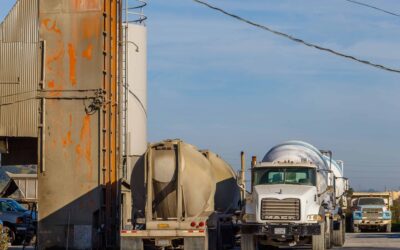Hazardous waste must be properly disposed of or recycled, so that it does not pose a risk to people, animals or the wider environment. Companies who handle this type of waste need to show that they are managing it within the relevant legislation and regulation for their country or region, and this increases the number of day-to-day internal processes required for the business to operate.
As software has been developed and brought into the company to manage these processes, this can lead to more complexities as the disparate systems need to be connected, and data synced across different platforms. And where this does not work correctly .
This is why the best way for these organisations to run effectively is by using an integrated hazardous waste management software, designed specifically for this purpose.
Managing hazardous waste
There are a variety of organisations involved in this specialist area of the waste management sector. There are those who produce or store the waste, those who collect it and transport it, and those who manage the recycling or disposal of waste. In some cases, a business may carry out more than one of these functions.
Hazardous waste comes both in solid and liquid forms and each type has to conform with specific regulations. In many countries, this type of waste includes:
- Solvents
- Pesticides
- Batteries
- Asbestos
- Industrial chemicals
- Items containing ozone-depleting substances
- Chemicals
- Waste containers
Those managing hazardous waste need to be able to show exactly how they have classified, stored, transported and handled these types of materials. Records need to be kept for a mandatory period of time for some waste materials, and so systems need to be in place to support this. While some organisations still manage these processes manually, intelligent businesses invest in hazardous waste management software that streamline processes, enhance overall visibility, improve reporting and make sure that you can carry out all your work in compliance with the law.
Better record keeping
This is key to a successful hazardous waste operation. The best way to manage record keeping is to invest in an integrated software solution. This means that everything you do is fully traceable, helping you to maintain accurate and up-to-date records across your whole operation.
You’ll need these records to prove to your customers that you have collected, disposed of or recycled their waste materials appropriately. You will also need them to report to whatever authority governs this area of your business – a national environment agency, for example, or a local government body.
At any time, you should be able to produce reports that show the current status of materials, and that demonstrates how you meet the rules that apply to the waste you manage. Good quality hazardous waste management software allows you to do this quickly, easily and precisely. This in turn gives customers and regulators confidence in the way you do business.
For more information, visit our detailed guide for everything you need to know about waste management software. To speak with the team about how state-of-the-art hazardous waste management software can help your business, click below.






